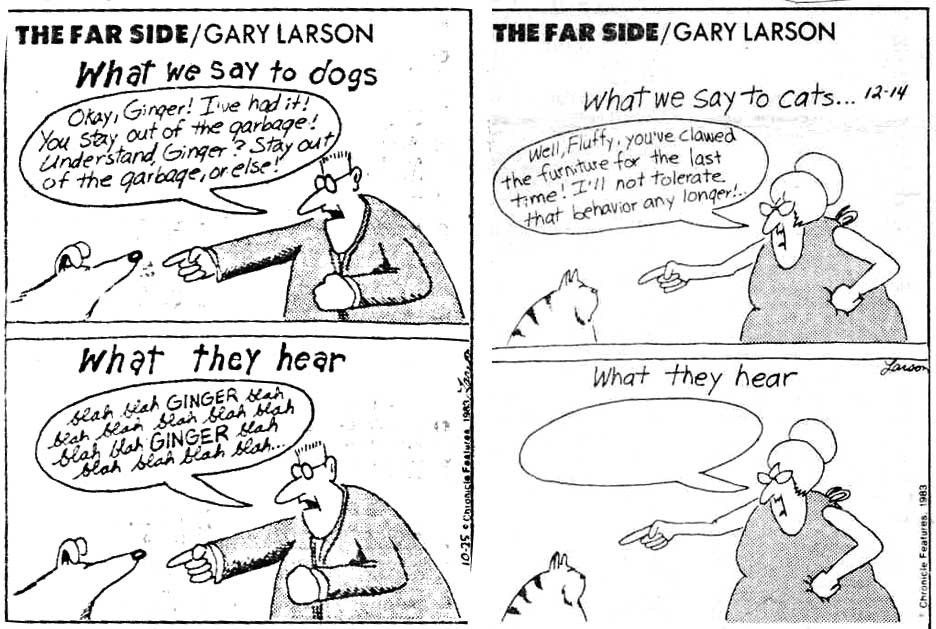It explains that models are intellectual tools designed to "help people understand their world by forming an abstract description that hides certain details while illuminating others." In other words, the key to an effective model is working out which details to illuminate and which to conceal.
Models help with communication, explanation and prediction. They also "mediate among multiple viewpoints", by making commonalities explicit and enabling discussion about differences.
There's then a discussion of community tagging as a method of document modelling, with the caveat that as more people provide content, popular tags "saturate with a wide variety of content, making them less and less useful" for people trying to identify something specific.
According to the authors (and this is a key point):
This sort of problem is inherent in information modeling systems; since there isn't an objective description of the meaning of a symbol outside the context of the provider and consumer of the symbol, the communication power of that symbol degrades as it is used in more and more contexts. (p16)To extrapolate, this is why Semantic Web standards require "modeling formalisms": so that there's an "objective description of the meaning of a symbol" that can exist "outside the context of the provider and consumer of the symbol".
Semantic Web standards follow a similar idea of class hierarchies "for representing commonality and variability" to Object-Oriented Programming. "High-level classes represent commonality among a large variety of entities, whereas lower-level classes represent commonality among a small, specific set of things." Which, I guess, means that lower-level classes are subsets of higher-level classes.
But what we need to add to that is the idea that "any model can be built up from contributions from multiple sources". And these multiple sources may well use different symbols to signify the same thing – or the same symbol to signify different things.
At this stage in the Semantic Web's development, it's often not possible to make a decision about which symbol representing something should be chosen as the symbol (the authors use the example of Pluto's astronomical and astrological symbols). But it should be possible to agree that each entity should be represented by only one symbol. So, in this instance "a model can provide a framework for describing what sorts of things we can say about something".
The chapter concludes with a list of Semantic Web languages from least -> most expressive: with the caveat that more expressive models are not necessarily better than less expressive models. To illustrate this, they show 3 different ways of "expressing" a water molecule, from the formula H2O, through H–––––O–––––H (showing how the components are joined) to a drawing that shows the relative sizes of the components and how they are positioned in relation to each other. Each is useful in a different situation.
The three Semantic Web modeling languages are:
RDF – the Resource Descripton Framework
RDFS – The RDF Schema Language
and
OWL
The next few chapters introduce these languages. And this, I suspect, is where I'll start to become unstuck. Usually, with technical books, I'm fine with the concepts. But when I start having to actually get to grips with the nuts & bolts of languages I turn into the dog in that Far Side cartoon:
Still, at least I'm not quite the cat… At least I hope I'm not… Will let you know in next week's installment…

No comments:
Post a Comment